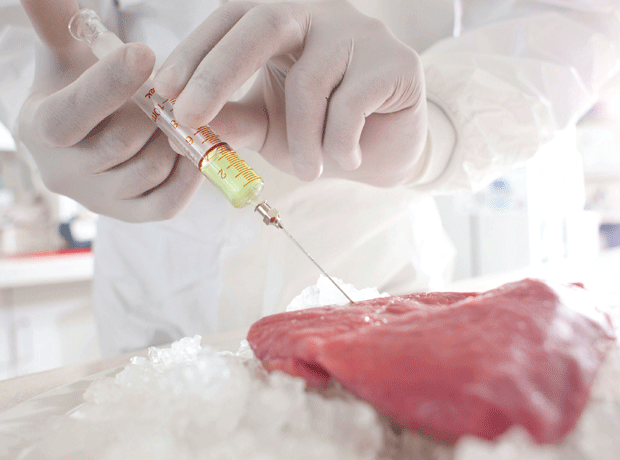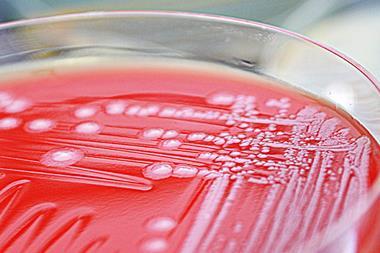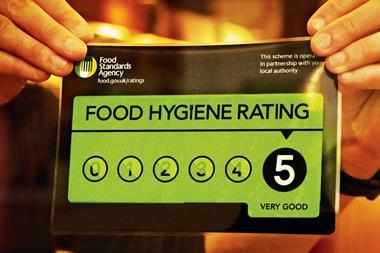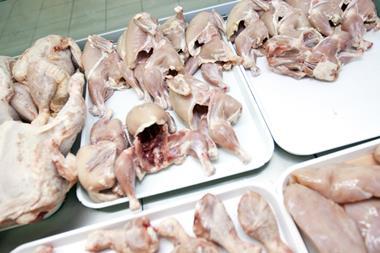
The FSA has completed a major study into the prevalence of antimicrobial resistance in supermarket-bought poultry and pork, and will report on its findings in the new year.
The survey, commissioned in response to a significant “evidence gap” recognised by the FSA last year, saw it test a total of 340 samples of chicken and 340 samples of pork mince from the UK’s top supermarkets, said FSA chief scientific officer Guy Poppy in a paper to be presented to the FSA board next week.
Scientists tested for isolates of antimicrobial-resistant bacteria or certain genes that could confer resistance to certain antimicrobial drugs. The study was carried out in conjunction with PHE, the Animal and Plant Health Agency, the Agri-Food and Biosciences Institute and Hallmark Meat Hygiene, who undertook the retail sampling.
It comes a month after Defra published the findings of a study that revealed sales of antibiotics for use in livestock in the UK had fallen to the lowest levels since records began, down 27% from 2014 to 2016.
However, data was scant on the effects of antimicrobial resistance in the food supply chain, with a 2016 review into the FSA’s understanding of the issue indicating a “real paucity of high-quality information on the prevalence of antimicrobial resistance in bacteria from UK retail food”, Poppy added.
“We have therefore prioritised improving the information available on this topic as we develop our new strategic approach to surveillance,” he said. “The main objective of this surveillance is to fill knowledge gaps to strengthen the evidence base in this area to inform risk assessments in order to inform more targeted and proportionate interventions.”
The results would provide a baseline for future surveys on antimicrobial resistance in raw meat, allowing trends to be monitored and emerging risks to be identified. It forms part of a raft of activities designed to bolster the FSA’s understanding of antimicrobial resistance, which also includes funding for a five-year research fellowship and ongoing work - linked to the FSA campylobacter survey - to monitor resistance.
It follows news last week that Waitrose had seen an increase in chickens infected with the highest levels of campylobacter on its shelves. The retailer’s latest quarterly survey revealed that 9% of chicken samples taken from June to September 2017 tested positive for campylobacter above 1,000cfu/g (colony forming units) - up from zero the previous quarter.
Waitrose admitted it was “disappointed” with the results given its previous surveys had shown a consistent reduction in campylobacter in its chicken, but said it was “not unusual” for levels of the bug to increase during warm summer weather.



















No comments yet